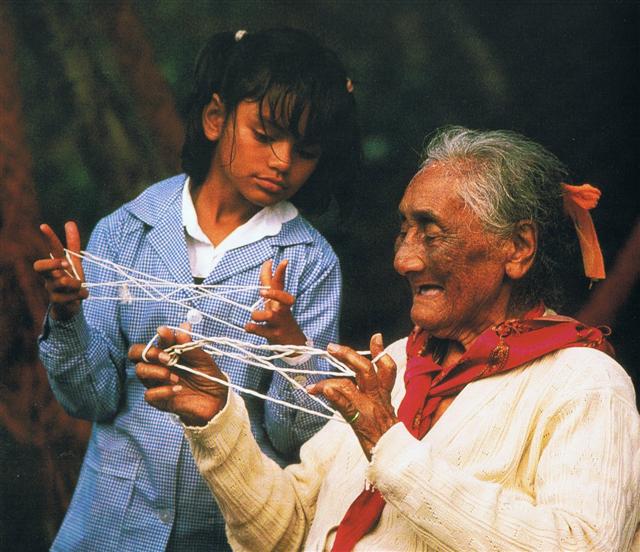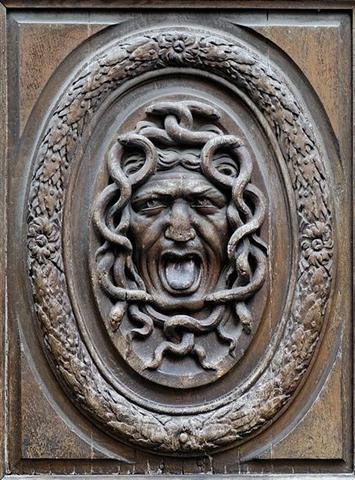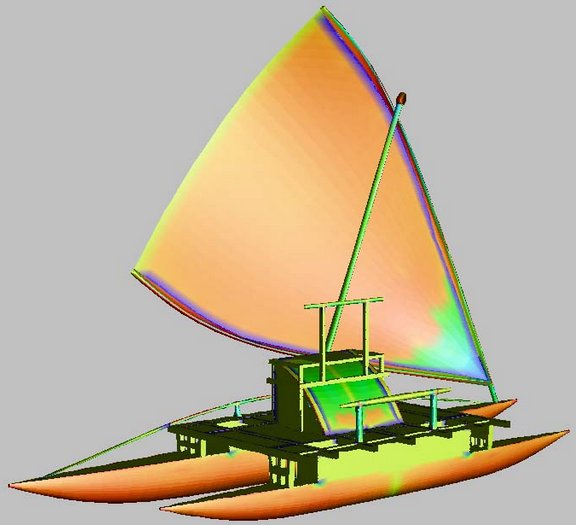|
ADDENDA
222.2 There is only one proper way to investigate something unknown, viz. to begin from the beginning and to go step by step in order to document the findings, and always trying to connect it - as if by strings - with what previously has been encountered. In order for knowledge to grow it has to be accumulated.
On side a of the Échancrée tablet there are 8 glyph lines.
My earlier count to 136 for side a included what I assumed were missing glyphs, and 136 - 126 = 10. Then my creative imagination can start to work:
The distance from Alcyone to Antares is 193 days. Let's also summarize side b. Here my old and my new counts are the same, viz. 44 + 42 = 86, with no missing glyphs:
Both 15 and a fortnight later 29 are number signs for Mercury (Mesopotamian Nabū)
136 = 11 * 12 + 4. I now think the good condition of the tablet means it had been carefully preserved and that no glyphs had been erased by the forces of time. Number 66 suggests to me that these 4 lines at the beginning could be the difference between 366 and 300. ... From the natives of South Island [of New Zealand] White [John] heard a quaint myth which concerns the calendar and its bearing on the sweet potato crop. Whare-patari, who is credited with introducing the year of twelve months into New Zealand, had a staff with twelve notches on it. He went on a visit to some people called Rua-roa (Long pit) who were famous round about for their extensive knowledge. They inquired of Whare how many months the year had according to his reckoning. He showed them the staff with its twelve notches, one for each month. They replied: 'We are in error since we have but ten months. Are we wrong in lifting our crop of kumara (sweet potato) in the eighth month?' Whare-patari answered: 'You are wrong. Leave them until the tenth month. Know you not that there are two odd feathers in a bird's tail? Likewise there are two odd months in the year.' The grateful tribe of Rua-roa adopted Whare's advice and found the sweet potato crop greatly improved as the result. We are not told what new ideas he acquired from these people of great learning in exchange for his valuable advice .. In other words, a new year might have been prepared to 'come alive' during 66 days before reaching *0. The eye-cathcing short line Da8 indeed exhibits a hakaariki (kingmaker) type of glyph:
And possibly the cock was calling out 11 days after day 110 (Da7-6). ... About Carmenta we know from the historian Dionysus Periergetis that she gave orcales to Hercules and lived to the age of 110 years. 110 was a canonical number, the ideal age which every Egyptian wished to reach and the age at which, for example, the patriarch Joseph died. The 110 years were made up of twenty-two Etruscan lustra of five years each; and 110 years composed the 'cycle' taken over from the Etruscans by the Romans. At the end of each cycle they corrected irregularities in the solar calendar by intercalation and held Secular Games ...
According to Manuscript E the Explorers left their old homeland in day 115 = April 25 (Vaitu Nui 25). ... On the twenty-fifth day of the first month (Vaitu Nui), Ira and Makoi set sail; on the first day of June ('Maro'), the bow of Ira's canoe appeared on the distant horizon, came closer and closer on its course, and sailed along, and finally (one) could see the (new home) land ... [E:17] ... Later on in this series of rituals, the Chorti go through a ceremony they call raising the sky. This ritual takes place at midnight on the twenty-fifth of April and continues each night until the rains arrive. In this ceremony two diviners and their wives sit on benches so that they occupy the corner positions of the cosmic square. They take their seats in the same order as the stones were placed, with the men on the eastern side and the women on the west. The ritual actions of sitting down and lifting upward are done with great precision and care, because they are directly related to the actions done by the gods at Creation. The people represent the gods of the four corners and the clouds that cover the earth. As they rise from their seats, they metaphorically lift the sky. If their lifting motion is uneven, the rains will be irregular and harmful ...
|
|||||||||||||||||||||||||||||||||||||||||||||||||||||||||||||||||||||||||||||||||||||||||||||||||||||||||||||







